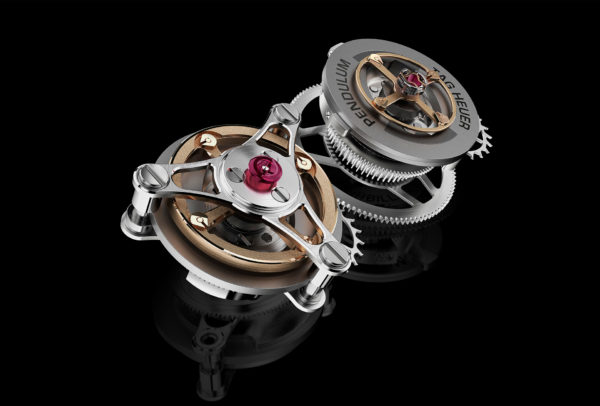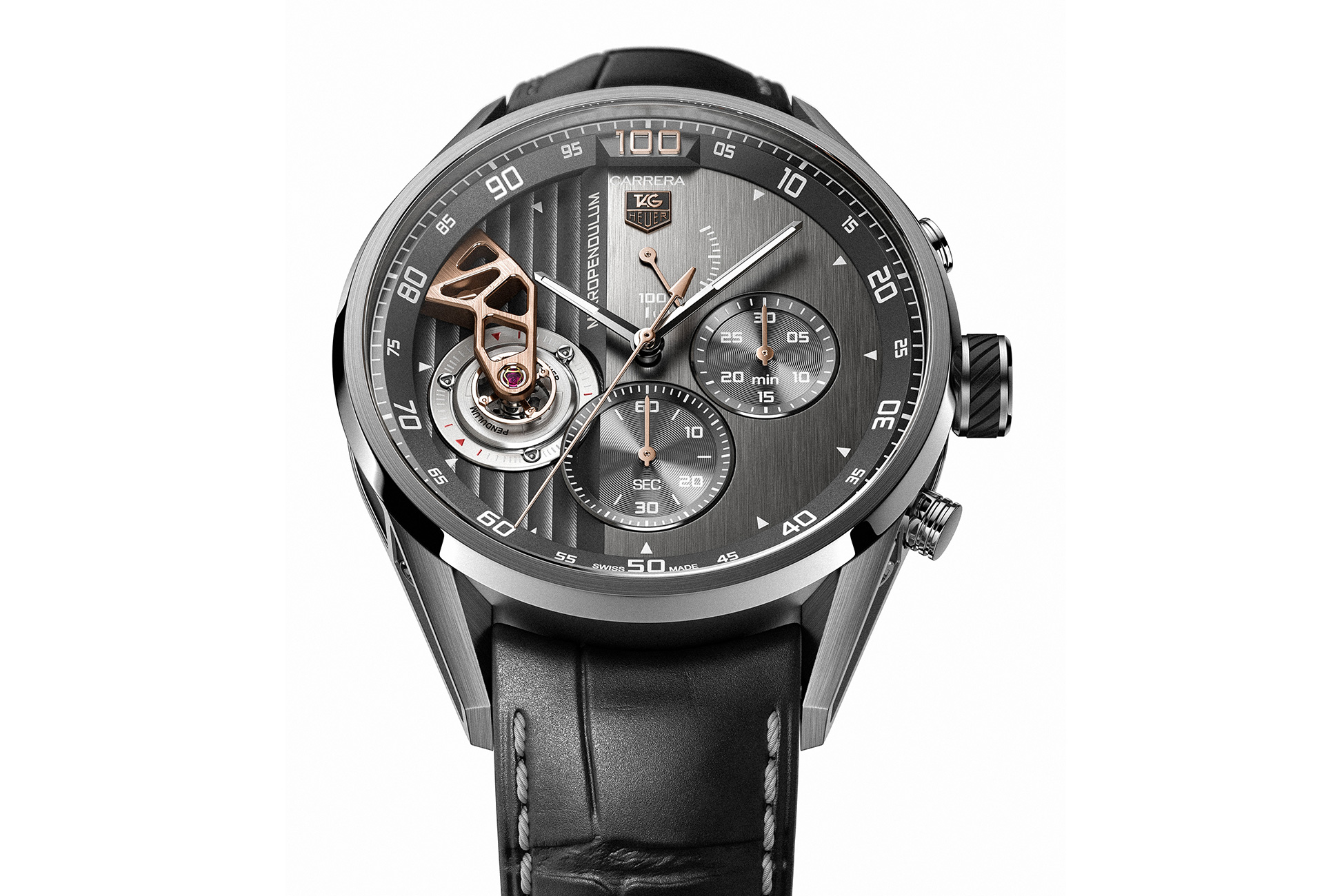During the 1960s, brands such as Hamilton in the United States and LIP in France experimented with magnetism, developing and producing some rather interesting (though now defunct) timepieces – Ventura at Hamilton and the Nautic-Ski at LIP – that used electromechanical means to oscillate the balance. Magnetic systems such as these have been back in the spotlight of late, although the resulting mechanisms, while undoubtedly original and clearly successful in garnering attention, have fallen somewhat short of expectations where chronometric precision is concerned.

TAG Heuer’s Grand Carrera Pendulum Concept chronograph is one. Rather than a conventional balance spring, a magnetic field oscillates the balance at a frequency of 6Hz. TAG Heuer unveiled the concept in 2010 with an optimised version slated for the following year. However, despite all its promise, this high-frequency mechanism was ultimately shelved.
Mechanical meets magnetic
Currently, the reference in magnetic escapements is the Seiko Spring Drive. Invented in the early 1970s by Yioshikazu Akahane, it went through 28 years of research and development before being presented to the trade in 1999 and officially brought to market in 2005 as an automatic mechanical movement providing 72 hours of power reserve. The balance makes 28,800 revolutions per hour and is part of an innovative regulating system that the Japanese firm calls Tri-synchro. Its role is to ensure the balance rotates at constant speed by applying an electromechanical brake to the staff when operating too fast (much like the magnetic brakes on a truck).
Spring Drive movements equip only limited editions that are hand-assembled by the Manufacture’s most experienced watchmakers. Their precision is such that Seiko guarantees monthly rate accuracy of ±15 seconds: in other words, virtually equivalent to an ordinary quartz watch. Because one good idea inevitably leads to another, in 2015 Piaget presented its Emperador Coussin 700P, a limited edition of 188 pieces. The movement was developed from a Swiss patent CH 597 636 that was awarded in 1976 to Jean-Claude Berney and which, because it was never commercially used, became part of the public domain. A hybrid calibre, its functioning is, essentially, identical to that of the Spring Drive, which is protected by some sixty valid patents.
The best is yet to come?
And so we reach the end of an adventure during which technology has given form to human inventiveness, and which has taken us from the eleventh century to the present day. Of course, history never stands still. Chances are a watchmaker or engineer at one or other brand is already working away on the next revolutionary regulator, ticking the boxes one by one to produce the best system. We know this is a slow and complex process, and are well aware of the difficulty of industrialising a new mechanism, even with the latest technologies at hand. But this is where the magic of watchmaking lies. Technology will bring new perspectives now as in the past and again in the future.
Building on the achievements described throughout this series of articles, watchmakers have every hope of producing purely mechanical, high-frequency watches that will take them ever closer to their grail of perfect timekeeping. We’re not there yet, whereas quartz technologies have absolute precision – nanoseconds then femtoseconds – within their grasp. Watch this space!
















